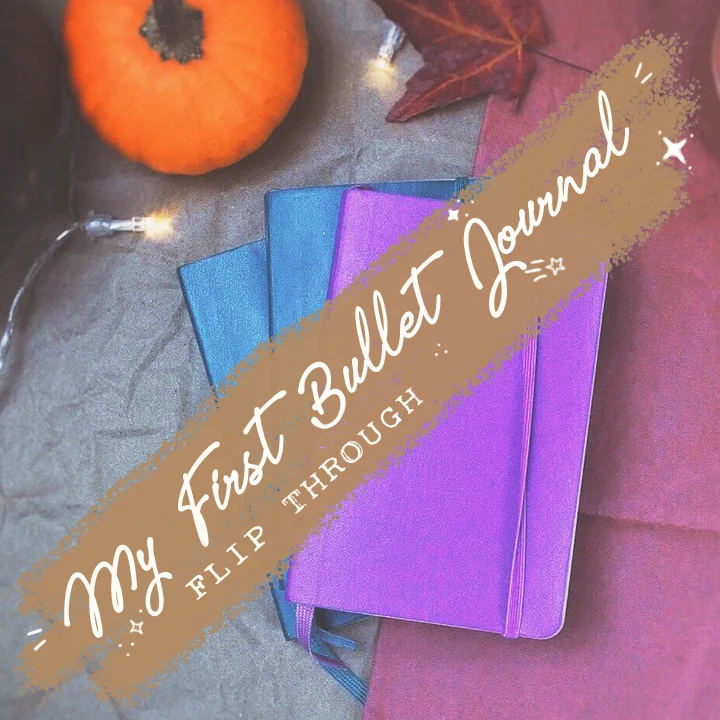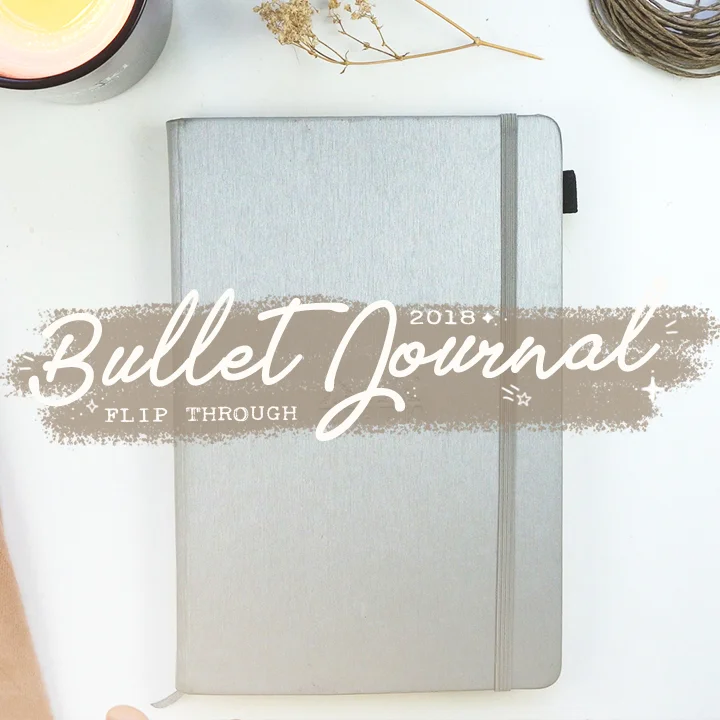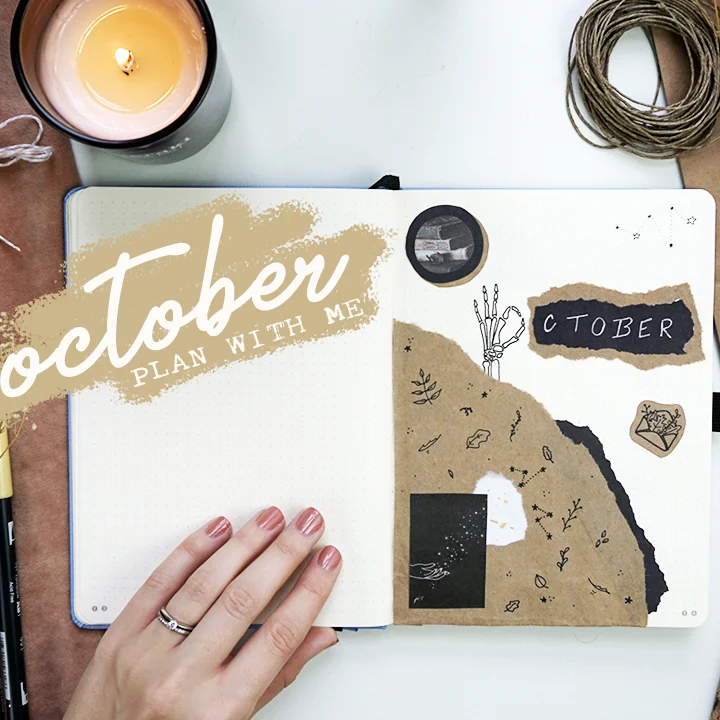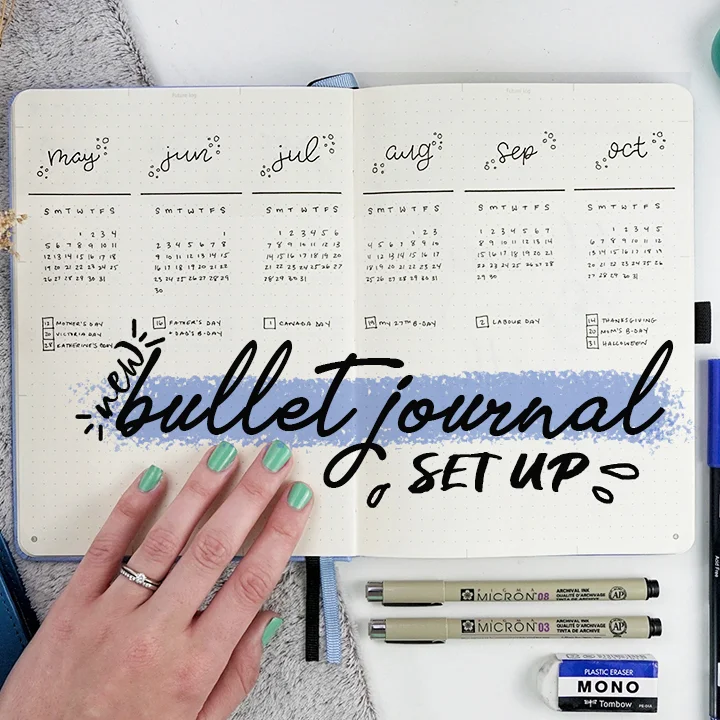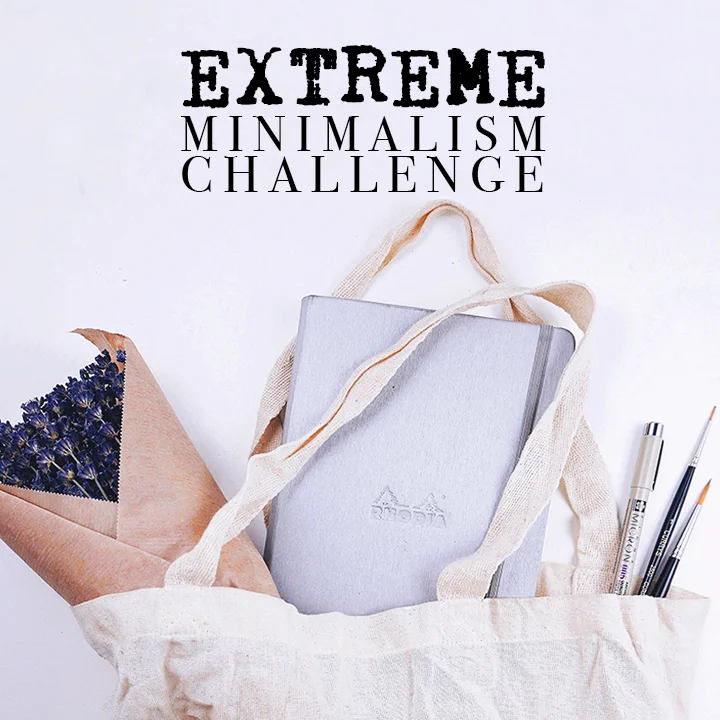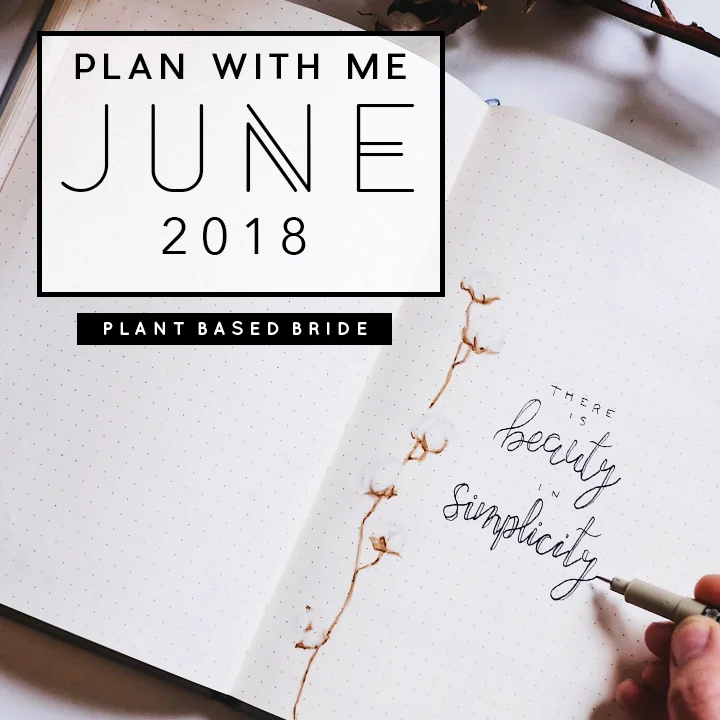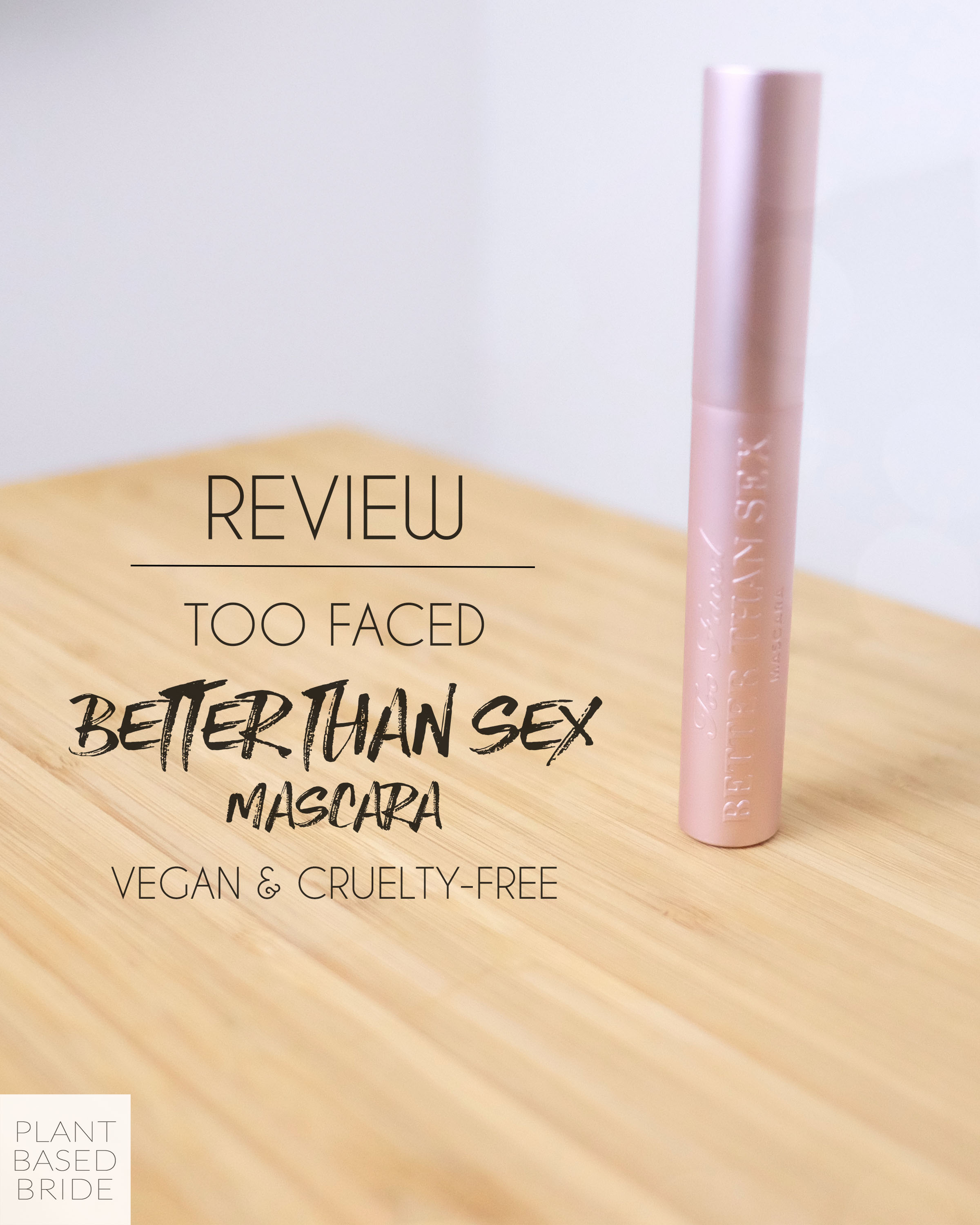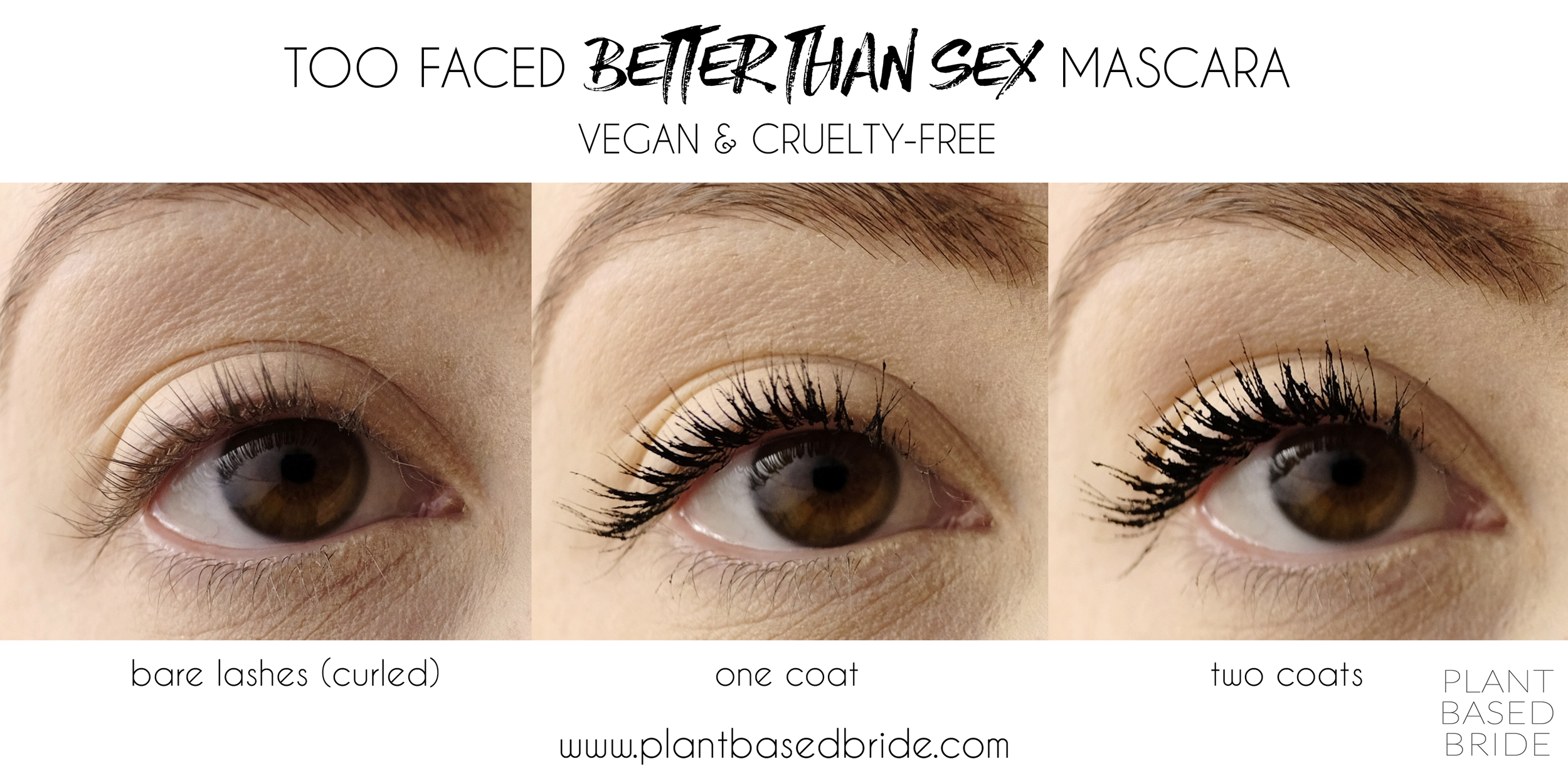
the blog.
Why You Need To Get More Fibre
The Standard American Diet is dangerously low in fibre, and yet no one seems to be too concerned. They should be. Learn all about fibre and why YOU (yes, you) need to be eating more of it in today's blog post!
The Standard American Diet is dangerously low in fibre, and yet no one seems to be too concerned. They should be. Learn all about fibre and why YOU (yes, you) need to be eating more of it in today's blog post!
WHAT IS FIBRE?
Fibre is the structural component of plants (the equivalent of an animal's muscles and bones) that humans cannot digest, often known as roughage. Any transformation that occurs to the fibre we eat is due to the bacteria in our guts, rather than our own digestive system. There are two types of fibre: soluble and insoluble.
Soluble fibre is found in oats, legumes, vegetables, barley, and fruits and is great for reducing blood glucose and cholesterol in the body as well as preventing diarrhea.
Insoluble fibre is found in whole grains, nuts, fruits, and vegetables. This type of fibre prevents constipation and certain types of cancer.
WHY DO WE NEED IT?
Fibre is a necessity for a healthy diet. It:
- helps to control blood glucose;
- reduces the risk of obesity due to its ability to increase satiation;
- regulates bowel movements;
- manages blood pressure and cholesterol (reducing the risk of heart disease), and;
- reduces the risk of cancer.
Not too shabby, eh?
Fibre and Heart Disease
Fibre is inversely associated with the incidence of coronary heart disease, in other words, the more fibre you eat the less likely you are to suffer from heart disease. This is due to fibre's positive impact on heart health by reducing bad cholesterol (LDL) and managing blood pressure.
How does fibre reduce cholesterol? Viscous soluble fibre (found in barley, oats, sea vegetables, shiitake mushrooms, cherries, grapes, berries, citrus fruits, and other foods) has the ability to bind with cholesterol in the intestine, preventing its assimilation into the body by eliminating it in the stool instead.
Check out this study for more detail!
Fibre and Diabetes
From the Canadian Diabetes Association website:
'Soluble fibre may help control blood sugar by delaying gastric (stomach) emptying, retarding the entry of glucose into the bloodstream and lessening the postprandial (post-meal) rise in blood sugar. It may lessen insulin requirements in those with type 1 diabetes. Because fibre slows the digestion of foods, it can help blunt the sudden spikes in blood glucose (sugar) that may occur after a low-fibre meal. Such blood sugar peaks stimulate the pancreas to pump out more insulin. Some researchers believe that a lifetime of blood glucose (sugar) spikes could contribute to type 2 diabetes, which typically strikes after the age of 40, and more than doubles the risk of stroke and heart disease.'
Another great aspect of high-fibre meals? Their positive impact on blood sugar levels can continue for hours, even after other meals have been eaten. And there's something else - high fibre meals have been shown to significantly increase production of the blood sugar reducing hormone glucogon-like peptide 1 (GLP-1). This GLP-1 response is triggered not by the presence of soluble fibre, but by the products created through the fermentation of fibre by bacteria in the large intestine.
Essentially, if you want to control your blood sugar, you want to eat more fibre.
Fibre and Obesity
Fibre is well-known to increase satiety without adding calories and therefore encourages the maintenance of a healthy weight. This is largely due to fibre's effect of the speed of gastric emptying, in other words, fibre slows down the digestion process, keeping you full for longer. It also lowers the caloric density of the diet, meaning that a higher volume of food can be consumed for the same amount of calories.
Another benefit of fibre-rich foods for satiation? They often require more chewing than low-fibre foods - and the more you chew, the more satiated you feel. Cool, right?
Check out the following studies for more on the link between fibre and obesity: Study One, Study Two
Fibre and Colon and Bowel Health
It's time to talk about soluble and insoluble fibre again! You can't get off THAT easily.
Soluble fibre is broken down in the gut by colonic bacteria resulting in energy and gas. This type of fibre produces a gel-like substance in stool which binds to other substances (such as cholesterol) and removes them when the stool is eliminated. It also slows and regulates gastric emptying (as I previously mentioned) which results in more regular bowel movements.
Insoluble fibre is not so easily broken down in the gut, however it holds water extremely well (up to 15x its weight) and therefore aids in increasing the weight and size of stool as well speeding up the rate of food passage through the digestive system.
Consuming the right types of fibre in the proper amounts can aid in reducing the symptoms of IBS including abdominal pain, constipation, diarrhea, incomplete evacuation, and excessive gas. Learn which types of fibre aid in resolving each symptom here.
What about colon health?
Fibre aids our colons by directly fuelling the good bacteria in our gut. When you eat a low-fibre diet you are literally starving your gut bacteria, which you need to stay healthy. Different species of bacteria feed on different types of fibre, so eating a wide variety of plant foods is imperative for bacterial balance.
Another way that fibre supports the health of our colon is in their digestion by bacteria. This results in short-chain fatty acids which are then used by the cells of our large intestinal wall as fuel. Without this fuel the cells lining our colon cannot carry out their metabolic activities, and cannot support normal intestinal function.
Fibre and Cancer
A study conducted in 2010 (among others, such as this one) found a clear inverse-association between dietary fibre intake and colorectal cancer risk, meaning the more fibre that was consumed by the subjects, the lower their risk of developing colorectal cancers.
But why does fibre have this effect?
Well, we're not yet entirely sure. What we do know is that scientific evidence for this phenomenon has been accumulating since the 1970s, when the hypothesis was proposed by Denis Parson Burkitt, an Irish surgeon, that dietary fibre reduces the risk of colorectal cancer. This was based on his observation that rural Africans eating a high-fibre diet had low rates of these cancers.
'Several plausible mechanisms have been proposed to explain the hypothesis, including increased stool bulk and dilution of carcinogens in the colonic lumen, reduced transit time, and bacterial fermentation of fibre to short chain fatty acids.' (From the introduction of this 2011 study.)
More and more researchers are delving into this field of study, giving us hope that a definitive answer will be found soon!
HOW MUCH DO WE NEED?
You already know where you can get fibre. It is not found in any animal foods, but is present in abundance in plant foods such as vegetables, fruit, legumes, nuts, seeds, and unprocessed grains.
How much we need, however, is a slightly more complicated question. It is, in fact, possible to ingest too much fibre (which can lead to bloating, abdominal pain, increased gas, and diarrhea), but how much is too much? The conservative recommendation for dietary fibre consumption is 25-30g per day, but as a person on a whole foods plant based diet I eat more in the range of 70-80g of fibre a day (while experiencing none of the aforementioned side-effects of too much dietary fibre).
What gives?
Many experts in the plant based nutrition field see this daily recommendation as more of a bare minimum than an optimal range, and as there has been no upper limit of safe dietary fibre consumption set, see it as a 'more is better' type of situation. I tend to agree with them. The best way to know if you're ingesting too much fibre is to be in tune with your own body and watch for the signals it gives you. However, from my extensive research I have come to the conclusion that it would be VERY difficult indeed to ingest too much dietary fibre without vastly surpassing your daily calorie needs.
In other words, have at it!
I hope you enjoyed this post and learned a little more about fibre than you knew before!
Until next time,
How much fibre do you get in a typical day? Have I convinced you to up that amount?
SOURCES & FURTHER READING
http://www.whfoods.com/genpage.php?tname=nutrient&dbid=59
http://www.eatbalanced.com/why-eat-balanced/why-do-we-need-fibre/
http://www.bmj.com/content/347/bmj.f6879
http://www.diabetes.ca/diabetes-and-you/healthy-living-resources/diet-nutrition/fibre
http://www.ncbi.nlm.nih.gov/pubmed/3032822
http://link.springer.com/chapter/10.1007%2F978-1-4615-6850-6_13
http://www.hsph.harvard.edu/nutritionsource/fiber-and-colon-cancer/
http://www.jjs.me.uk/patientinfo/faf.html
Finding My Wedding Dress: No Silk, Please.
If you follow me on instagram you will already know that I have chosen my wedding dress! (cue the squeals) You will also know that the number one biggest struggle in finding my dream dress was the lack of vegan options. Or in other words, the abundance of silk. Not sure why you should care about silkworms and the fabric they make? Neither was I. That was, of course, until I looked into the industry and really thought about what it's doing. And I want to share with you why you may want to rethink that silk blouse or snazzy silk bowtie you've been eyeing.
If you follow me on instagram you will already know that I have chosen my wedding dress! (cue the squeals) You will also know that the number one biggest struggle in finding my dream dress was the lack of vegan options. Or in other words, the abundance of silk. Not sure why you should care about silkworms? Neither was I. That was, of course, until I looked into the industry and really thought about what it's doing. And I want to share with you why you may want to rethink that silk blouse or snazzy silk bowtie you've been eyeing.
WHAT ARE SILKWORMS?
Silkworms are the larva or caterpillar of silk moths, or as they are scientifically classified, Bombyx mori. They are, therefore, young insects. They are also now extinct in the wild, existing only in captivity. They originally lived peacefully in northern China eating mulberry leaves and dreaming of unicorn moths and rainbows (presumably).
HOW IS SILK MADE?
Silk worms are raised on silk farms. The eggs are incubated for 8-10 days until tiny brown larva emerge. The larva are fed exclusively mulberry leaves for approximately a month as they grow from 3mm to 8 cm long and lighten in colour.
The silk worms are then ready to begin their transition from caterpillar to moth, and turn their efforts to weaving a cocoon. They do so using the "silk gland" below their lower lip to produce a sticky substance that hardens into silk thread when in contact with the air. They use this mechanism to form the skeleton of their cocoon, climb in, and finish it around themselves - using as much as 1 km of silk thread in the process. The cocoon goes from start to finish in about 4 days.
The sleeping caterpillar will become a pupa, and in the wild would finish its transition to moth, emerging from its cocoon to live another life. In the current silk industry, however, they are never given this chance. Once the cocoon is completed the pupae will be killed by extreme heat as their cocoons emerged in boiling water. The thread will then be reeled off, treated, and woven into silk fabric.
WEDDING DRESS SHOPPING
Wedding dresses have been made with silk for a very long time. It is viewed as a luxury fabric, and most brides want to feel luxurious on their wedding day. Silk is a beautiful fabric, in look and feel, and it is completely understandable that designers would wish to work with such a fabric to make their designs come to life.
But what can we do if we don't feel comfortable supporting the silk industry and yet want a beautiful gown?
My top tips for any vegan brides out there are as follows:
ONE Do your research.
This is an essential first step...
- Join a local vegan group online or off and ask any recently married women where they found their gown;
- Search online for vegan or eco-friendly designers with shops in your area, and;
- Find bridal boutiques that have a vast array of silk-free options by exploring their website and getting in contact with them to inquire.
The more research you do at the outset, the easier the entire process will go!
TWO Set your budget ahead of time and stick to it.
This isn't vegan specific, but it is VERY important. Just do it! Oh, and set your budget a couple hundred dollars below your max. You WILL need alterations, and they don't come cheap!
THREE Tell them upfront that you won't consider silk.
Once you've found a couple of shops with promising options you'll want to book your appointments. Be sure to tell them in that first communication that you are looking for silk-free gowns ONLY and will not consider buying a dress made with silk. Ask them (nicely!) if they can pull a selection of silk-free gowns or at least be able to point out during your appointment which options are available to you.
I didn't do this myself and very much regretted it, as I spent much of my short appointment time trying to figure out which dresses were and weren't vegan. Do yourself (and your associate) a favour and let them prepare ahead of time!
FOUR Don't be afraid to look into custom or vintage gown options.
If your perfect dress just isn't materializing, perhaps it's time to repurpose or get creative! A custom dress means you can get exactly what your heart desires, including the fabric choice. I seriously considered a custom gown before deciding on my dress, as many of my favourite pieces were just shy of perfect or were (unfortunately) not vegan friendly. A custom dress means every aspect is completely up to you!
Another great option is a vintage dress or a dress passed down in your family! In my opinion, buying a secondhand dress or repurposing one containing silk doesn't make you a "bad vegan". It doesn't contribute to the exploitation of silk worms and is reusing materials which is more eco-friendly, to boot!
If you are shopping in or around Toronto, I would whole-heartedly recommend Sash & Bustle! This is where I found my vegan gown, and they were very accommodating - sending me pictures of the material tags so that I could be triple sure that my top 2 were vegan, helping me find only the silk-free options, and being all-around awesome people.
A WORD ABOUT PEACE OR AHIMSA SILK
Some vegans see peace (or Ahimsa) silk as the perfect option to fulfill all their silk desires. While I will leave you to make up your own decision on this one (and I would love to hear what you think in the comments) I personally do not feel this is a compassionate option. Yes, the pupae are spared and allowed to hatch. But no, it is not a process free of killing. While the moths who emerge from their silk cocoons will be allowed to live and bread millions of their offspring will die, only they will die of starvation and dehydration approximately one day into their lives rather than of heat exposure within their cocoons.
This is the most comprehensive article I have read that expresses my opinion on this topic, I urge you to give it a read!
I know this is a tough one for many people to grasp, and I understand, truly. We don't know if insects can feel pain, and may never be able to determine the truth one way or the other. But what we DO know is that silk worms have just as much right to live out their lives as we do. If their deaths were a necessary sacrifice for our survival, I would likely come down on a different side of this argument. But as I have never heard anyone make a convincing argument for why silk is required for survival, that hypothetical has no bearing on real life.
While I sympathize with those who make a living in the silk trade, I would urge them to support their families through work that doesn't exploit innocent beings, and for those of us who are lucky enough to have been born into a more privileged life to help create those opportunities.
If we all work together, this amazing planet we call home could be a place of solidarity, compassion, peace, and acceptance - for every creature, whether they be big or small.
Until next time,
I REALLY want to know what your thoughts are on this topic. Let me know in the comments below!
Why You Need Blackstrap Molasses In Your Life
Blackstrap molasses. Sounds like something you wouldn't want to put in your mouth. But what if I told you that you should, and everyday? Find out why you're missing out if you're not taking blackstrap religiously after the jump!
Blackstrap molasses. Sounds like something you wouldn't want to put in your mouth. But what if I told you that you should, and everyday? Find out why you're missing out if you're not taking blackstrap religiously after the jump!
First things first, what is blackstrap molasses?
Blackstrap is just one type of molasses. Molasses is the byproduct of removing the sugar from sugar cane juice by boiling. The first boiling produces light molasses (the sweetest type) and second boiling produces dark molasses (the mid-sweetness type). This is because each time the juice is boiled, more sugar is extracted - rendering the left over substance (molasses) less sweet.
Blackstrap molasses is a result of the third boiling, making it thicker, darker, and the least sweet. It is more bitter than regular or light molasses, but also has incredible health effects - as its vitamin and mineral content has been highly concentrated.
The benefits of blackstrap molasses...
...are plentiful. Just one tablespoon of blackstrap molasses is only 60 calories yet carries a serious nutritional punch with:
- 21% of your recommended daily intake of potassium (important for a healthy nervous system and preventing arthritis);
- 10% of your recommended daily intake of calcium (essential for bone health);
- 15% of your recommended daily intake of iron (vital for the creation of red blood cells);
- 10% of your recommended daily intake of vitamin B6 (another piece of the red blood cell puzzle), and;
- 8% of your recommended daily intake of magnesium (used in conjunction with calcium for bone production and maintains heart heath).
It has also been noted, anecdotally, that consumption of blackstrap molasses improves hair and skin health due to its copper content, approximately 14% of your recommended daily intake, which aids in cell rebuilding. It also contains manganese and zinc, both essential to good health.
Not enough for you? The vitamins, minerals, and antioxidants in blackstrap molasses are speculated to:
- soften stool (and therefore improve bowel movement regularity and quality);
- reduce skin aging,
- improve skin conditions such as acne, eczema, and psoriasis, and;
- help prevent cancer.
So now that you're convinced that you SHOULD take it...
How much do you need?
Most recommendations are for between 1 and 2 tablespoons a day. Depending on the nutrient density of your diet you should adjust blackstrap intake accordingly (aka those who eat a whole food plant based diet may only need 1 tbsp, while junk food vegans may want to take 2!)
How do you take it?
Some like to mix it into a glass of warm water for a mineral tonic, while others simply spoon it into their mouths and chase it with water or another drink! I like to maximize my iron absorption by chasing it with a juice or smoothie that's high in vitamin C.
I hope you'll consider picking up some organic blackstrap molasses and adding it to your daily routine!
Until next time,
What's a healthy habit that you do everyday? Let me know in the comments below!
Read some more about Blackstrap Molasses or...
Review: Too Faced Better Than Sex Mascara (Vegan & Cruelty-Free)
Today is the day we've all been waiting for... I am FINALLY getting to cruelty-free and vegan beauty product reviews! As of right now I am planning on doing my own makeup for my wedding in September, which means a LOT of product testing - and I'm taking you along for the ride! After using this much-hyped about mascara for over two months, I feel as though I'm ready to give you the full lowdown. Check it out after the jump!
Today is the day we've all been waiting for... I am FINALLY getting to cruelty-free and vegan beauty product reviews! As of right now I am planning on doing my own makeup for my wedding in September, which means a LOT of product testing - and I'm taking you along for the ride! After using this much-hyped about mascara for over two months, I feel as though I'm ready to give you the full lowdown. Check it out after the jump!
What Too Faced has to say about it...
'Take home our Better Than Sex mascara and all your desires for lush, incredibly intense lashes will be fulfilled. One application of our collagen-fueled formula and touch of our specially shaped brush will leave you begging for more. One coat and lashes are full, defined and stretched to unbelievable lengths. Two coats and they’re reaching unbelievable heights of drama. Three coats and you’ll believe in magic.
More to love...
- Film-forming Polymer for smudge-proof, all day wear
- Acacia Senegal Tree Extract to nourish, thicken and lock curl in place
- Unique Peptides for the deepest, intense black possible
- 1,944% more volume*
- 100% saw longer lashes**
- 100% saw dramatic volume**
- 93% saw base-to-tip curl**
- 8 out of 10 say it’s the best mascara they’ve ever used**
- 3.4 out of 10 say great lashes are better than sex**
- 3.1 out of 10 agree that this mascara is so good, it’s better than sex**
- Vegan Friendly
- *results observed in a clinical study.
- **results observed in a consumer study.' (from toofaced.com)
Cost: $30-35 CAD
Vegan? Yes!
Cruelty-Free? Yes!
What I have to say about it...
The Good
- Holds curl well over the course of the day;
- Gives my lashes a very deep black colour;
- Lengthens noticeably;
- Adds significant volume, and;
- You don't need a lot - one coat for beautiful lashes, two for dramatic ones!
The Bad
- This mascara can get very clumpy if you don't scrape the excess mascara off of the brush before applying (and sometimes even if you do);
- It is definitely never going to give a natural look (it's not particularly versatile, even one light coat (the middle image above) is dark and dramatic);
- It won't give your lashes a nice curl if you don't use an eyelash curler before and/or after application;
- The formula is very wet and will smudge easily after you first apply it until it dries (the first 5 minutes or so - so don't sneeze!), and;
- It doesn't define the lashes as it claims to - I found the brush to be too full for that and the formula too wet.
The Ugly
- This mascara flakes (crumbles) onto the under eye area within a couple of hours of application and smudges when you try to wipe the flakes away. To be fair, Too Faced never claimed this formula was flake-free - but I would consider that to be a given for any high-end mascara. There is also, of course, the fact that the flaking leads to smudging if you're not VERY careful, which they specifically state their formula won't do.
RATING: 3/5
Final Thoughts: I've enjoyed using this as my daily mascara and absolutely love the length and volume it gives, but I do find the flaking to be a very irritating factor. As I always use an eyelash curler and like more dramatic lashes, the other cons don't really bother me - but due to the flaking I don't feel confident using this mascara on my wedding day. It really is too bad, because otherwise this would be a serious contender!
Would I recommend? I would definitely recommend this mascara if you like a more dramatic look and don't mind keeping tabs on your makeup throughout the day!
Have you tried Too Faced Better Than Sex Mascara? What did you think? Is there a vegan and cruelty-free product you'd like me to review? Let me know in the comments below!
Also, be sure to check out my list of cruelty-free beauty brands before you head on your next shopping trip!
Until next time,









